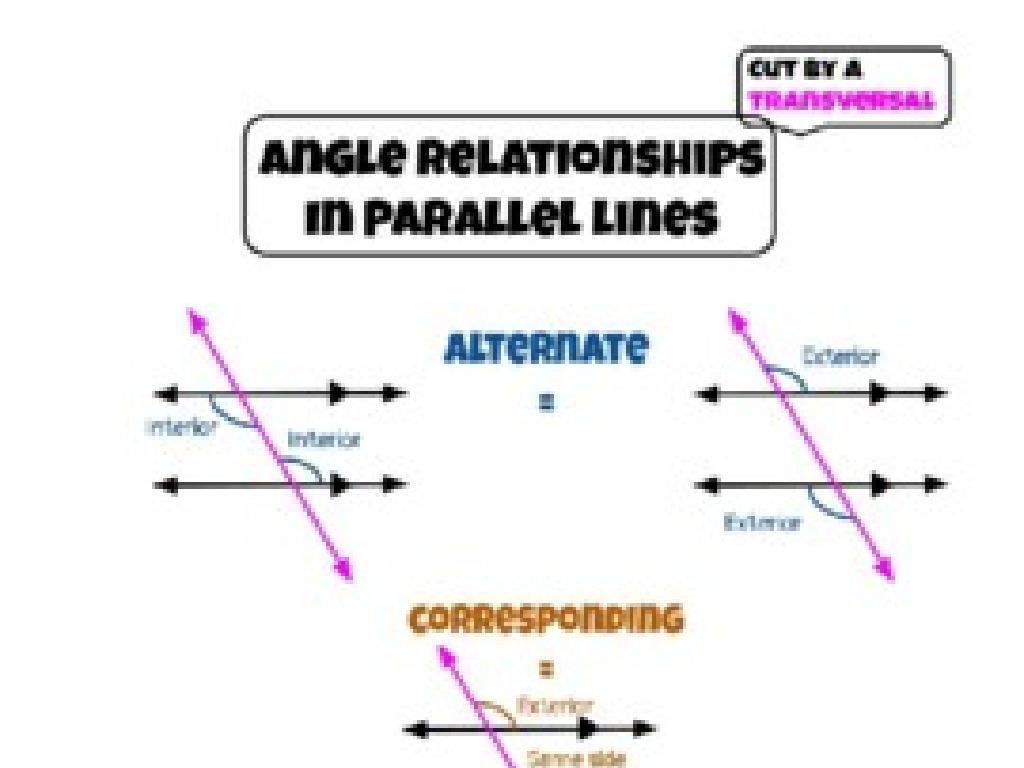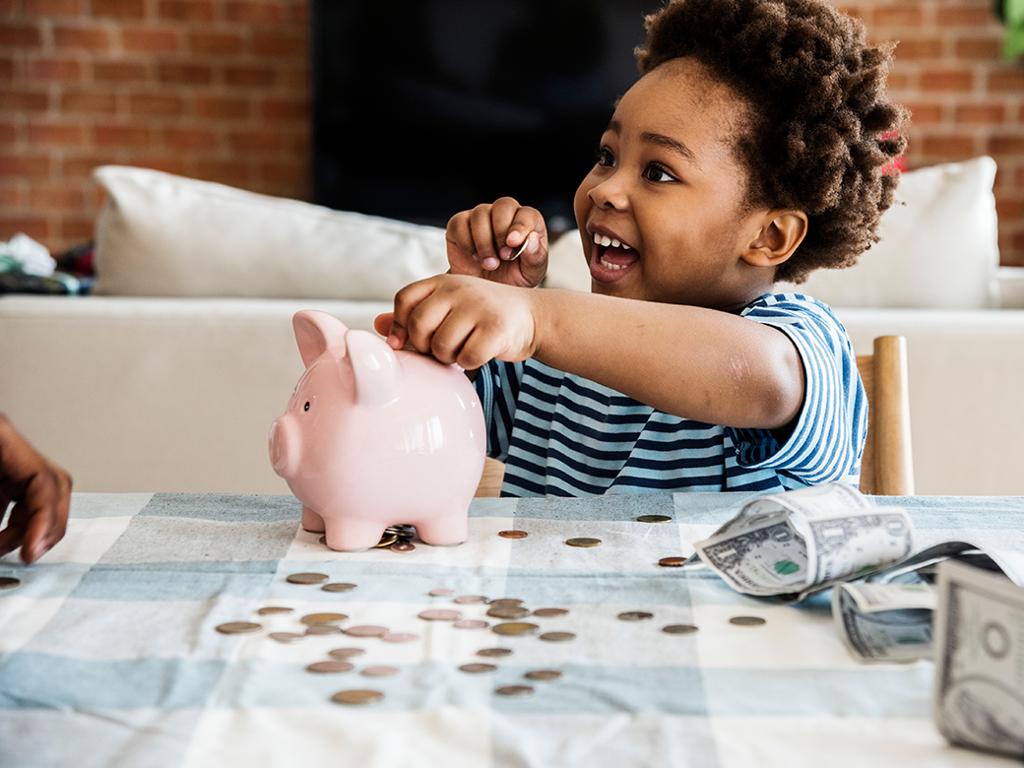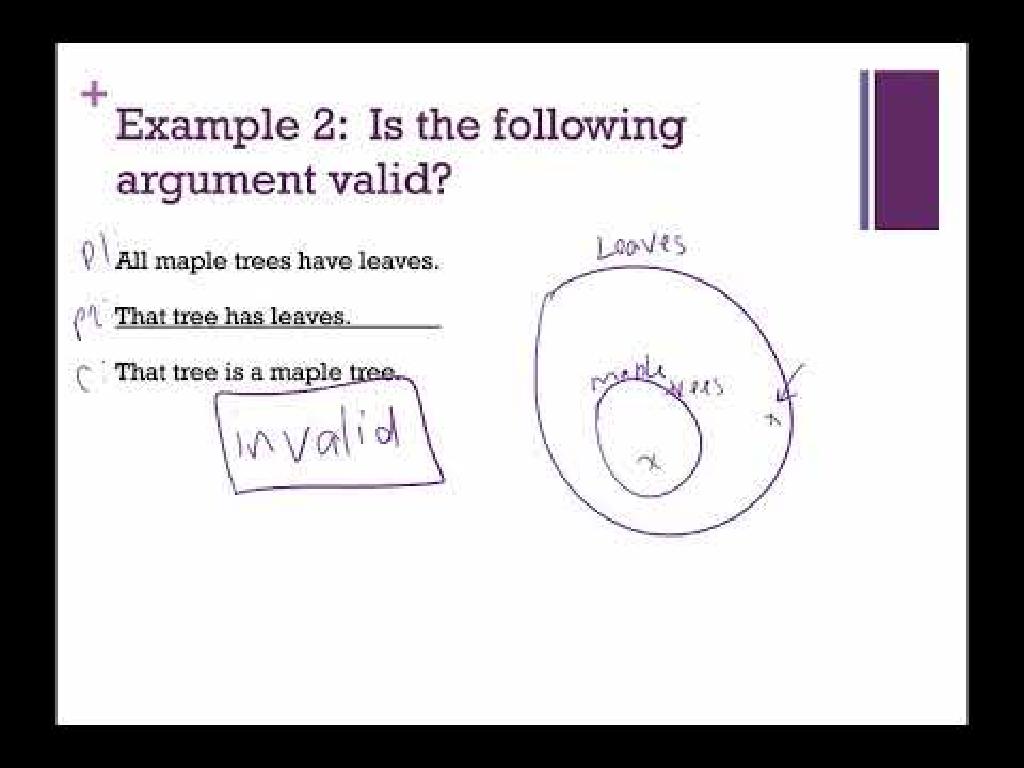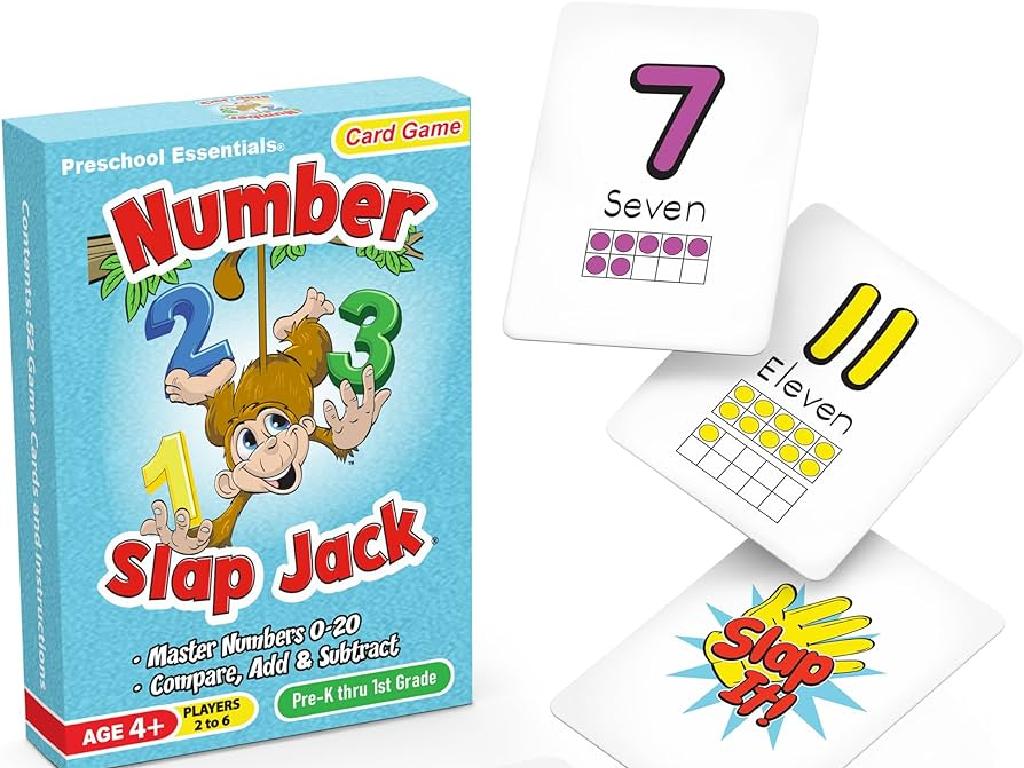Exchanging Coins
Subject: Math
Grade: First grade
Topic: Money
Please LOG IN to download the presentation. Access is available to registered users only.
View More Content
Welcome to Money Math: Exchanging Coins
– Greet the class and introduce coins
– Explain what money is
– Money is used to buy things we like
– Exchanging coins is fun
– Learn how to trade different coins
– It’s like solving a puzzle
– Use coins to make the same value in different ways
|
Begin the class with a warm greeting to make the students feel comfortable. Introduce the concept of money by showing them different coins and explaining that money is used to buy things. Emphasize that exchanging coins can be enjoyable and engaging, similar to solving a puzzle. Encourage them to think of money as a game where different coins can be traded to make the same amount. This will set the stage for activities where they will practice exchanging coins of different values to make the same total amount. The goal is to help them understand the value of different coins and how they can be used interchangeably.
Understanding Money: Coins
– Money is used to buy things
– Coins and bills are types of money
– Today’s focus: Coins!
– Pennies, nickels, dimes, and quarters
– Coins have different sizes and values
– A penny is 1 cent, a nickel is 5 cents, a dime is 10 cents, and a quarter is 25 cents
|
This slide introduces the concept of money to first graders, focusing on coins. Begin by explaining that money is what we use to purchase items we need or want, like toys or food. Highlight that there are two main types of money: coins and bills, but today’s lesson will concentrate on coins. Show them different coins and explain that each coin has a different size and value. Help them recognize each coin by its size and the number on it, and understand how many cents each coin represents. This foundational knowledge sets the stage for learning how to count money and make change in future lessons.
Meet the Coins!
– Penny equals 1 cent
– Nickel equals 5 cents
– Dime equals 10 cents
– Quarter equals 25 cents
– Let’s count coins together!
– Practice counting by ones, fives, tens, and twenty-fives
|
This slide introduces the basic coins used in US currency to first graders. Each coin is associated with its value: a penny is 1 cent, a nickel is 5 cents, a dime is 10 cents, and a quarter is 25 cents. The goal is to familiarize students with the appearance and value of each coin. During the class, engage students in counting exercises using real or play coins. Start with simple counting by ones with pennies and progress to more complex counting by fives, tens, and twenty-fives. Encourage students to make connections between different coins and their values, such as how many pennies are in a nickel, or how many nickels make a quarter, to build a strong foundation for future money-related math skills.
Exchanging Coins: Making Trades
– Trade smaller coins for bigger ones
– 5 pennies equal 1 nickel
– Remember, a penny is worth 1 cent
– Both are worth 5 cents
– This is like trading 5 little candies for a big one!
– Let’s practice exchanging!
– We’ll do some examples as a class
|
This slide introduces the concept of exchanging coins to first graders, a fundamental skill in understanding money and its value. Start by explaining that sometimes it’s easier to use bigger coins instead of a lot of smaller ones. Use physical coins to show that 5 pennies can be traded for a nickel, emphasizing that they have the same value of 5 cents. Relate the concept to something they understand, like trading small candies for a bigger one. During the class, walk through several examples with the students, allowing them to trade coins themselves. This hands-on activity will help solidify their understanding of equivalent values and how to exchange coins effectively.
How Many Pennies in a Nickel?
– A nickel equals 5 pennies
– Remember, a nickel is worth 5 cents!
– Exchange a nickel for pennies
– If you trade 1 nickel, you get 5 pennies back.
– Counting pennies together
– Let’s count: 1 penny, 2 pennies, up to 5.
|
This slide is aimed at helping first graders understand the concept of coin exchange, specifically exchanging a nickel for pennies. Start by explaining the value of a nickel and how it relates to pennies. Engage the students in a counting activity to reinforce the concept that a nickel is equivalent to five pennies. This visual and interactive approach helps solidify their understanding of basic coin values and exchange. Encourage the students to participate in counting aloud and to visualize the exchange process. This foundational knowledge sets the stage for more complex money math in the future.
Let’s Practice Exchanging Coins!
– Exchange 2 dimes for coins
– Can 2 dimes equal a quarter?
– No, because 2 dimes are 20 cents and a quarter is 25 cents.
– Understanding coin value
– Dimes are worth 10 cents each.
– Coin exchange is a fun puzzle
– Find different ways to make the same amount.
|
This slide is designed to engage first graders in a practical exercise of exchanging coins. Start by asking the students what coins they can receive in exchange for 2 dimes. Guide them to understand that while 2 dimes are worth 20 cents, a quarter is worth 25 cents, so the exchange isn’t equal. Reinforce the concept that each coin has a specific value and that exchanging coins is like solving a puzzle to make the same amount with different pieces. Encourage the students to think of other ways to exchange coins, such as two dimes for four nickels or twenty pennies, to solidify their understanding of coin values and equivalences.
Coin Exchange Game
– It’s game time with coins!
– Trade coins with classmates
– Make new amounts with coins
– How many ways can you make 50 cents?
– Have fun learning about money!
|
This interactive game is designed to help students understand the concept of exchanging coins and making different money amounts. Set up a mock store or have students sit in a circle to trade coins with one another. Provide each student with a variety of coins and challenge them to make specific amounts, such as 25 cents or 50 cents, using different coin combinations. This activity will reinforce their counting skills and familiarize them with the value of different coins. Encourage them to think creatively about how to use their coins to reach the goal amount. Possible activities include: trading for equal value, buying items from a classroom ‘store’ with exact change, or finding multiple ways to make the same amount. Monitor the students to ensure fair trades and correct coin usage.
Class Activity: Coin Exchange!
– Receive a bag of coins
– Make 50 cents with various coins
– Use pennies, nickels, dimes, and quarters
– Collaborate with classmates
– Help each other with the task
|
This activity is designed to help students understand the concept of exchanging coins and making a specific amount using different denominations. Provide each student with a small bag containing a mix of pennies, nickels, dimes, and quarters. Encourage them to find different combinations of coins that add up to 50 cents. This hands-on experience will help them grasp the value of each coin and the idea of equivalent sums. As they work, circulate around the room to offer guidance and ensure collaboration. Possible variations of the activity could include finding multiple ways to make the same amount, timing the activity for a fun challenge, or pairing students to promote teamwork.
Great Work on Coin Exchange!
– Congratulations on exchanging coins!
– Coins are puzzle pieces with values
– Think of coins as parts that fit together to make a dollar.
– Practice makes perfect
– Use your piggy bank to try more exchanges.
– Keep practicing at home!
|
This slide is meant to wrap up the lesson on exchanging coins by praising the students for their efforts and reinforcing the concept that coins have different sizes and values, much like puzzle pieces. Encourage the students to continue practicing at home using real coins, which will help them become more familiar with the value of each coin and how they can be combined to make larger amounts. Suggest that they play ‘store’ with family members or use a piggy bank to simulate purchases. Remind them that practice is key to mastering the skill of exchanging coins and understanding money management at a basic level.






